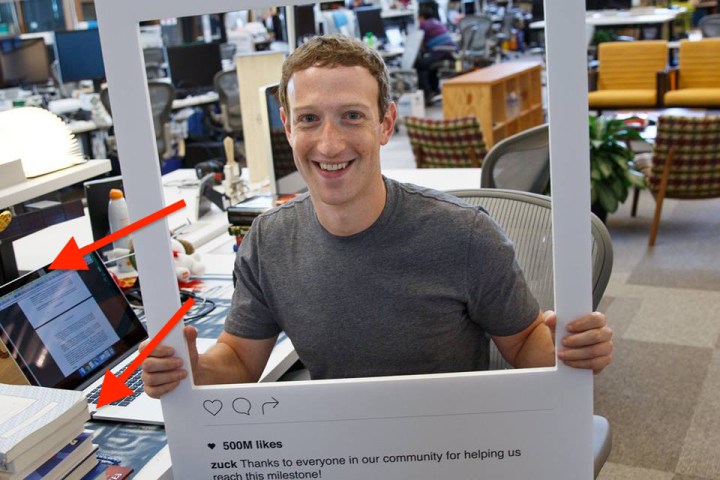
The story was soon everywhere, after Gizmodo called Zuckerberg paranoid. But is he really? There are any number of security threats out there capable of remotely enabling a webcam, from malware to hackers. If you’re one of the most powerful people on the planet, with plenty to lose from a security breach, why not head any hackers off at the pass, if the cost is only a piece of tape? It’s a simple method of ensuring security.
Zuckerberg isn’t alone. FBI Director James Comey has stated he covers his webcam with tape, and surely his organization knows a thing or two about how effective efforts to compromise the security of others might be.
Facebook and the FBI alike aren’t loved by privacy advocates, so it’s easy to see the irony in both cases. Anti-surveillance advocate Christopher Soghoian one joked that Comey using the tape threatens national security.
“FBI Director Comey has created a ‘warrant-proof webcam’ that will thwart lawful surveillance should he ever be investigated,” said Soghoian. “Shame on him.”
I spotted this warrant-proof anti lawful surveillance of webcam tech at Staples today. What if terrorists buy it? pic.twitter.com/ycaGgCoiDP
— Christopher Soghoian (@csoghoian) April 7, 2016
It’s funny, but there’s a larger point here. Putting tape over your webcam is the only absolutely certain way of stopping criminals, and law enforcement, from turning your laptop into a surveillance device (when it comes to video, at least). Powerful people like Comey and Zuckerberg know what’s at stake if their privacy is compromised, so they take steps to protect it. And if you want to be certain no one is watching you through your webcam, all the firewalls and security experts in the world aren’t half as useful as a piece of tape.
So is Zuckerberg paranoid? Maybe. But hey — sometimes a little paranoid makes sense.

